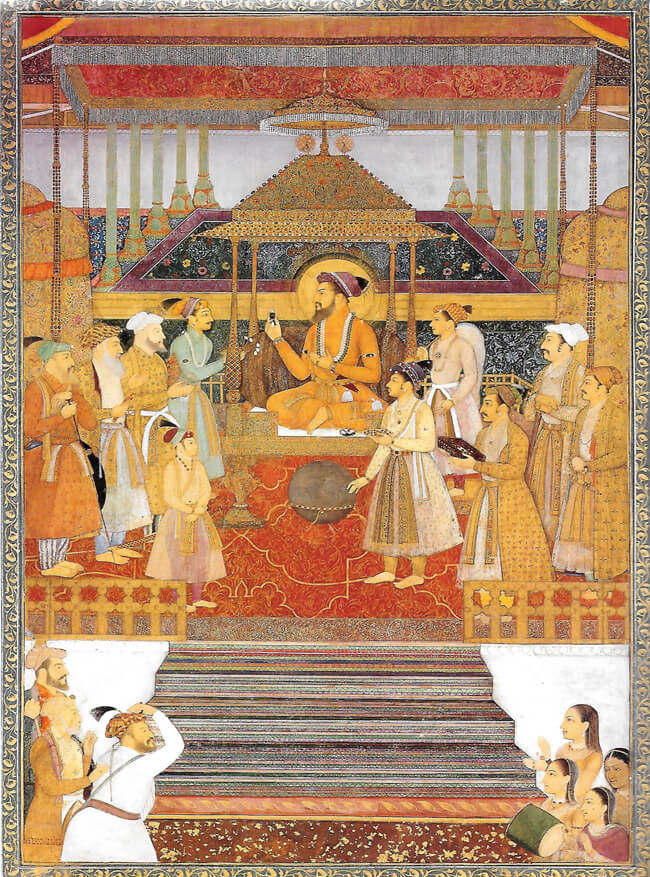-

 Know, the true nature of your Beloved.
Know, the true nature of your Beloved.
In His loving eyes, your every thought,
Word and movement is always –
Always Beautiful.
~ Hafiz
Islamic Arts

Miniature Painting
The development of secular manuscripts in many ways paralleled that of Qurans, with one important exception: the proscription against human and animal representation in Qurans did not extend to secular manuscripts, and consequently they frequently contain a wealth of figural imagery.
Few illustrated manuscripts have come down to us from the early centuries of Islam. Miniature paintings have survived in far greater numbers from the early 13th century, when manuscript production appears to have flourished in the Middle East, showing a strong Byzantine influence. From the end of this century, miniature painting began to attain a spectacular degree of refinement, particularly in Iran, which developed over the following centuries. Following the campaigns of Timur, many Iranian painters were taken to Central Asia, which enabled this artform to develop into works of meticulous detail, exquisite colours and brilliant spatial relationships. Later shading was treated with great subtlety and colours were enhanced by the addition of gold , silver and mother of pearl.
Miniature painting continued from this inception, firstly in the Ottoman Empire and then the Mughal courts of India. They were used for a range of uses, including recording the history of the royal family, history of the Empire, cartography, navigational charts, seamanship, accurate portraits and to illustrate great poems and stories.
Source:- “The Timeline History of Islamic Art and Architecture” by Nasser D. Khalili.
Photo above:- Shah Jahan on the Peacock Throne. Mughal India, 1639 CE. Source:- San Diego Museum of Art, California.
